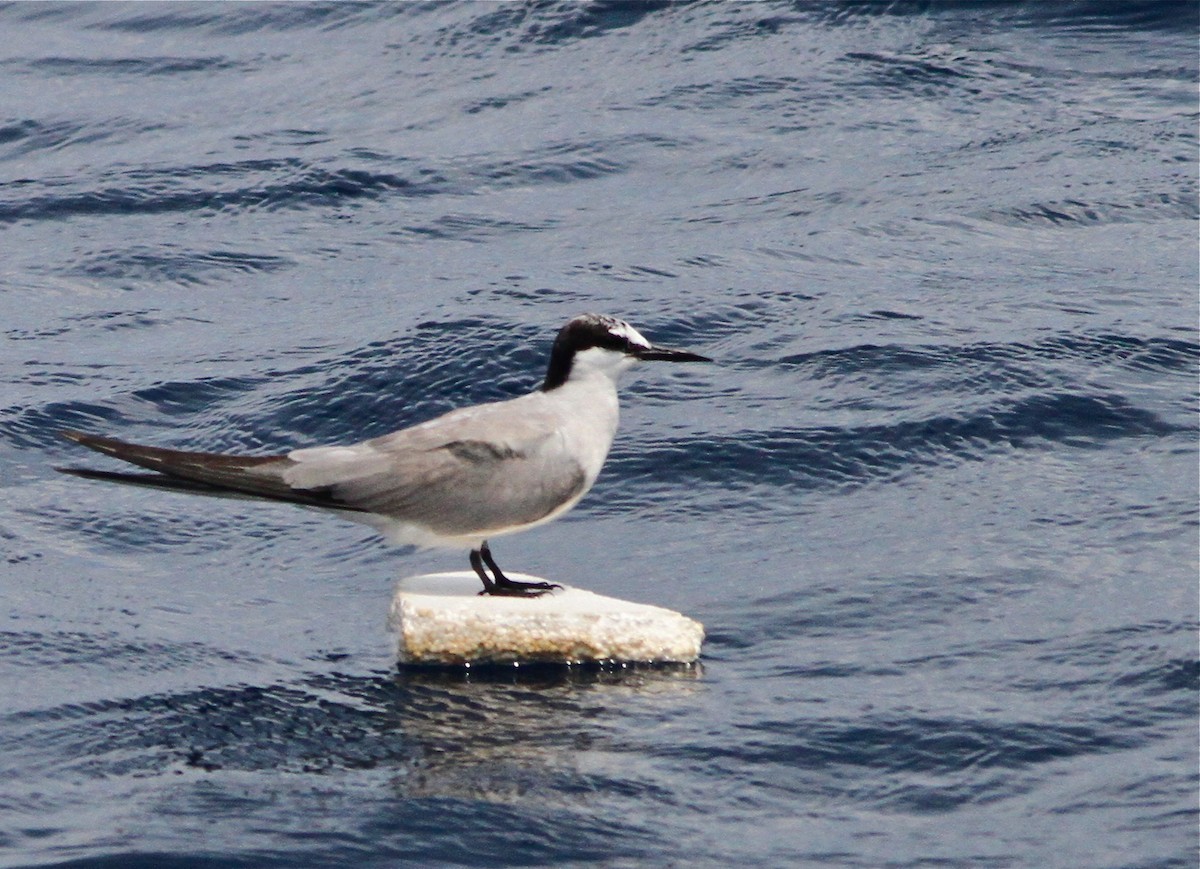Aleutian Tern
A species of Tropical Pelagic Terns Scientific name : Onychoprion aleuticus Genus : Tropical Pelagic Terns
Aleutian Tern, A species of Tropical Pelagic Terns
Botanical name: Onychoprion aleuticus
Genus: Tropical Pelagic Terns
Content
Description General Info
 Photo By Don Roberson
Photo By Don Roberson Description
The Aleutian tern is medium-sized tern (32–39 cm long), with a 75–80 cm wingspan, a short pointed bill and a long, deeply forked tail. It weighs 84–140 g (2.9–5.0 oz). 
Size
23 - 41 cm
Nest Placement
Ground
Feeding Habits
Aleutian Tern's diet consists mainly of marine fishes and zooplankton. Aleutian Tern forages by diving and snatch feeding, often hunting during daylight. This species exhibits no unique dietary adaptations, preferring a varied diet within its marine environment.
Habitat
Aleutian Tern is commonly found in arctic and subarctic coastal plains, predominantly around the Bering Sea. Its preferred habitats include partially vegetated sandy and shell beaches, grassy meadows, mossy flats, and bogs. These birds are also known to inhabit marshes on isolated rocky islands or along coastal areas, frequently near river mouths. Though they are primarily coastal, they may occasionally venture into inland bogs, as far as 20 km from the shore. During the non-breeding season, aleutian Tern becomes pelagic, living on the open sea.
Nest Behavior
Aleutian Tern form small colonies during breeding, sometimes with Arctic Terns, and prefer not to defend their nests against predators, relying instead on the more aggressive defense of neighboring terns. They adhere to a low-key approach at the hint of danger.
Nest Characteristics
Aleutian Tern typically nest in unobtrusive, shallow depressions on low sandspits, islands, or beaches close to water. The nests are situated among grasses or vegetation and are often lined with moss or matted grass.
Dite type
Piscivorous
General Info
Feeding Habits
Bird food type
Distribution Area
During breeding season, the colonies gather along Pacific coastlines of Alaska and Russia. More precisely, breeding colonies have been located along the coast of Chukchi Sea (western Alaska), on the Seward Peninsula and Yukon-Kuskokwim River Delta along the Alaska Peninsula, in the Aleutian Island, in the Kodiak Archipelago, on the Kenai Peninsula and Copper River delta, and along the Gulf of Alaska. The current worldwide minimum breeding population has been estimated at approximately 31 000 birds, with most colonies occurring in the Siberian region of Russia (25 602 birds in 89 colonies) and the remaining 18% occurring in Alaska (5 529 birds in 111 colonies). However, within the last decade, there have been reports of colony declines and disappearances at individual sites in Alaska. This species is strongly migratory, and although the wintering range is poorly known, it is believed to lie off Indonesia and Malaysia. Small flocks of the species have been increasingly sighted in coastal areas around Hong Kong in spring and fall, around Singapore and Indonesia between October and April, and in coastal waters of Java, Bali and Sulawesi during December. The regular appearance of Aleutian terns in fall off Hong Kong suggests one possible route for southbound migrants. The Aleutian tern stands out from its congeners because it is the only species to show an annual migratory behaviour between a subarctic breeding zone and tropical wintering areas in the South Pacific. Only a very small number of Charadriiformes breeding in Alaska appear to have a connection to East Asia. 
Species Status
The Aleutian tern has been designated as a species of concern by several agencies and NGOs (Alaska Department of Fish and Game, Audubon Alaska, U.S. Fish and Wildlife Service, The North American Waterbird Conservation Plan). In 2007, an Aleutian tern Working Group was organized in Alaska in order to examine the necessity to develop an accurate population estimation method and therefore prioritizing the management of the species and the identification of its migration pathway. In 2010, they began to deploy geolocators on Aleutians terns from colonies in Alaska. The lack of data on breeding biology and ecological behaviours limits the development of conservation actions for the species. Further research should focus on the monitoring of populations and colonies in Alaska, Russia and South Pacific regions and the understanding of the main causes of the recent decline of the species. 

 Photo By Don Roberson
Photo By Don Roberson Scientific Classification
Phylum
Chordates Class
Birds Order
Shorebirds Family
Gulls Genus
Tropical Pelagic Terns Species
Aleutian Tern